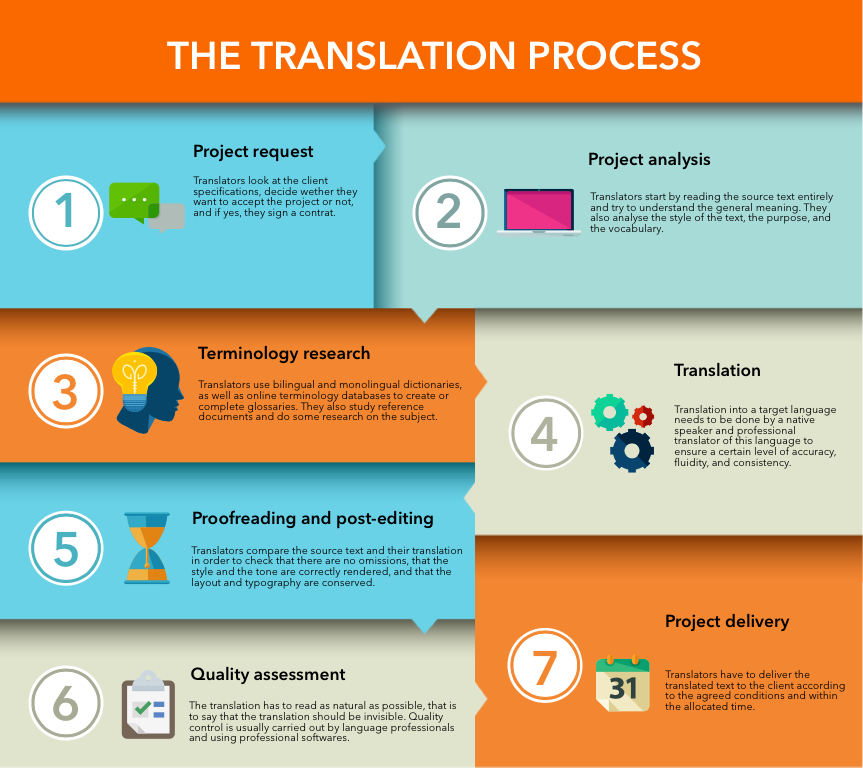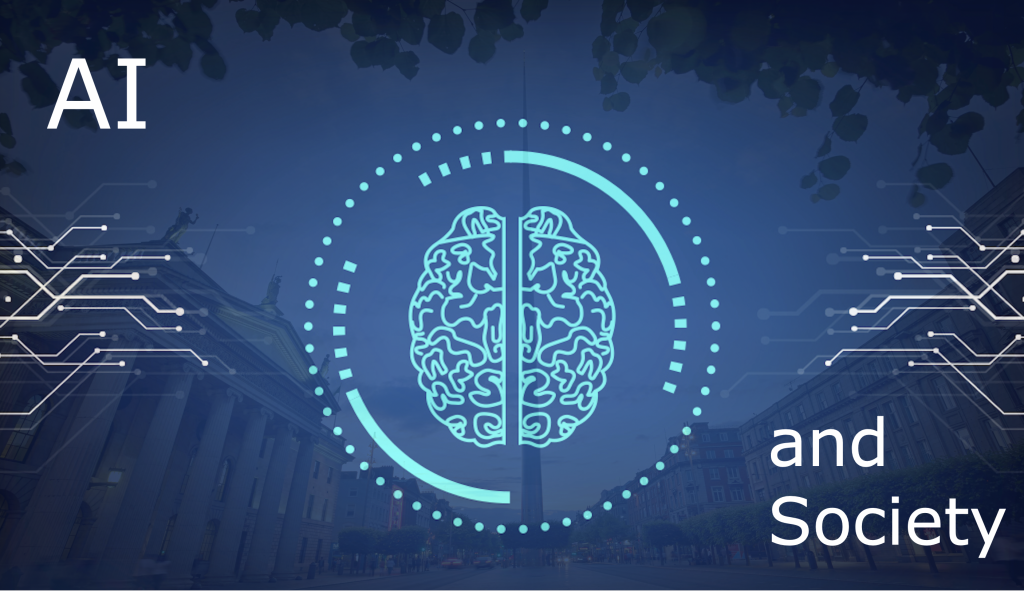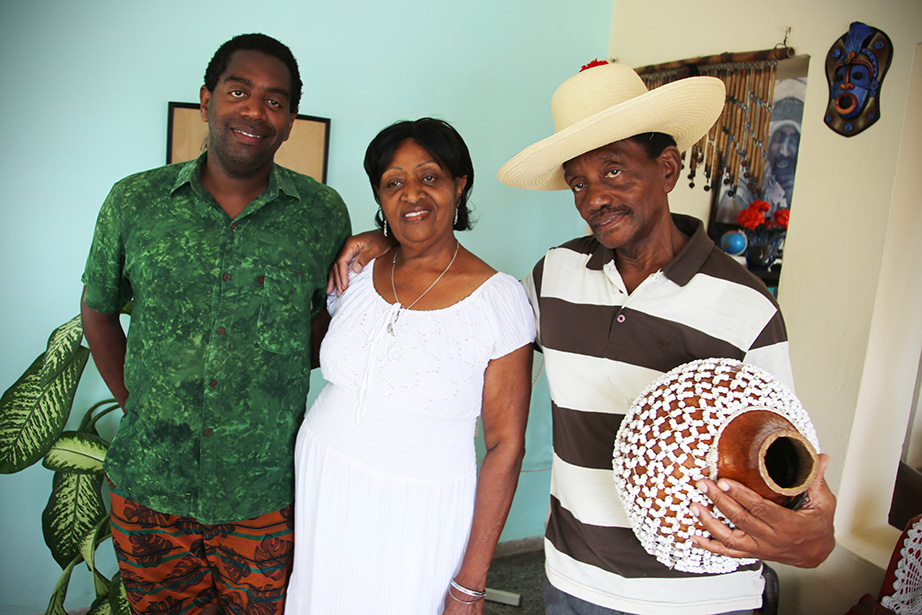The translation process is an intricate dance between languages where meaning, nuance, and style intertwine. Renowned translator Damion Searls emphasizes that translating literature transforms an original text into a new experience, bridging gaps between words and cultures. His insightful philosophy on translation encourages readers to engage in ‘reading like a translator,’ where understanding the text’s essence becomes paramount. This approach to translation not only considers language mechanics but also dives into the sentence structure and emotional depth embedded in the source material. By exploring techniques like close reading for translators, Searls enriches our understanding of how to translate effectively and appreciate the art that goes into crafting each unique version of a story.
The art of rendering text across linguistic boundaries involves multiple layers of interpretation and adaptation, often referred to as the translation technique. This complex undertaking requires not just linguistic proficiency but also a deep connection with the source material, allowing translators to convey the author’s original intent. Damion Searls encapsulates this idea by discussing how engaging with a text involves a nuanced understanding of its structure and philosophy. By practicing methods akin to critical reading, individuals can better appreciate how translation differs from conventional writing. Ultimately, this process highlights the beauty of language through the lens of diverse cultures.
Understanding the Translation Process
The translation process is a complex interplay of linguistic skill and nuanced reading. A translator must navigate not just the words on the page, but the overall context and intention behind the text. As Damion Searls highlights, translating isn’t about direct conversion but rather about engaging with the text as if the translator were experiencing it as a reader. This means a translator has to wield a comprehensive understanding of effective translation methods, recognizing that every decision stems from a deep reading experience. Diving into the intricacies of each sentence structure allows the translator to convey the original meaning while ensuring the final product resonates with an English-speaking audience.
Effective translation involves a blend of reading and writing, where intimate knowledge of the source material informs every choice the translator makes. Searls emphasizes that the key to understanding translation lies in the reading process itself. Through close reading, translators can discern what elements must be preserved and which can be adapted to their target language. This attention to detail ensures that translations capture not just the text’s meaning, but also its original flavor—a crucial aspect of translation philosophy.
Reading Like a Translator
Reading like a translator requires honing specific skills that differentiate standard reading from translation reading. Searls notes that when he reads, he engages in a close reading that enables him to identify the structural elements in the text. This process is not merely analytical; it demands empathy with the author’s intent and a deep understanding of how language conveys meaning. By dissecting the text, translators reveal layers of meaning that general readers may overlook, ensuring that every nuance is respected in the final translation.
This method of reading develops a translator’s intuition, allowing them to make informed choices about language. For instance, while translating works richer in their linguistic complexity, Searls uses a keen eye to recognize patterns and structures peculiar to the source language. Thus, close reading is essential, as it helps maintain the author’s stylistic choices while crafting a fluid and engaging English rendition.
The Nature of Translation Philosophy
Translation philosophy is a broad concept encompassing the values and beliefs that guide a translator’s work. Searls believes that understanding how language functions in context is central to this philosophy. By referencing the philosophy of Maurice Merleau-Ponty, he illustrates that translation is more than a technical task; it’s a relational act that breathes life into text across languages. This approach invites translators to delve into the very essence of writing and language, fostering a deeper appreciation for the transformative process of translation.
Furthermore, embracing a sound translation philosophy encourages translators to reflect on their methods and motivations. Rather than viewing translation as a mechanical process, it’s essential to consider the cultural and emotional aspects intertwined within the text. Every word choice and structural adaptation should align not only with accuracy but also with the intention of conveying a unique voice reflective of the original author’s spirit.
Engaging in Close Reading for Translation
Close reading serves as one of the foundation stones of effective translation. Searls underscores the importance of thoroughly examining the nuances within the source text to develop a faithful representation in the target language. This technique demands diligence; a translator must not only comprehend the literal meaning of words but also the subtleties that shape characters and themes. Engaging deeply allows translators to capture emotions and intentions that might otherwise be lost in a superficial reading.
In practical terms, practicing close reading can enhance a translator’s toolkit and elevate their work. Searls’ approach to recognizing and interpreting syntactic structures in the original text allows translators to more effectively convey the original intention. Consequently, the process of close reading sharpens a translator’s skills, making them more adept at recognizing and overcoming the challenges of language differences.
The Art of Choosing Words in Translation
Choosing the right words is at the heart of effective translation. Searls likens this to readers interpreting characters in literature; just as a reader infers traits from descriptions, a translator must draw from the text’s voice and style. This artistic choice is influenced by the intricate layers of the source language that must be dissected through comprehensive reading. Each decision regarding word choice can drastically alter interpretation and reader engagement, making it crucial for translators to ensure their selections align with the original work’s tone and context.
Moreover, the art of word selection reflects a translator’s commitment to the integrity of the text. It requires an understanding of cultural connotations and nuances that may not have direct translations. By engaging deeply with the source material, translators gain insights that guide their selection process, ensuring that they resonate with the audience while respecting the original author’s expression. This dynamic interplay between fidelity and creativity is what makes translation an art form in itself.
Handling Linguistic Features in Translation
Every language has unique features that may present challenges for translators. Searls emphasizes the importance of recognizing linguistic idiosyncrasies, such as the German phrase structure discussed in his translation of Uwe Johnson’s ‘Anniversaries.’ The challenge lies in discerning which features reflect the author’s intent and should remain intact in the translation. Recognizing these elements highlights the need for translators to have a strong grasp of both languages involved, allowing them to make informed decisions about how to best convey the underlying message.
In essence, addressing linguistic features is about aligning the translation with the original text’s intentions while providing fluency and clarity for the audience. Translators must carefully weigh their options, deciding whether to retain specific elements for stylistic authenticity or adapt them for comprehensibility. This intricate balancing act exemplifies the translator’s role as both a mediator and an interpreter in the translation process.
The Importance of Cultural Context in Translation
Cultural context plays a pivotal role in the translation process, influencing how texts are interpreted and understood. Searls emphasizes the necessity of understanding the cultural origins of a text to faithfully recreate its meaning in a different linguistic landscape. Each culture possesses unique references, idioms, and historical contexts that frame a narrative, and translators must navigate these complexities to ensure their translations resonate within the target audience’s cultural framework.
Moreover, a translator’s insights into cultural nuances can enrich their translations, allowing them to bridge gaps between the source and target cultures. The challenge lies in balancing authenticity with readability, ensuring that the translated work remains relatable while preserving its original intent. This understanding transforms a simple translation into a narrative that speaks authentically to its new audience, showcasing the translator’s role as a cultural ambassador.
Developing Proficiency as a Translator
Developing proficiency in translation is a continuous journey that involves refining both linguistic and interpretative skills. Searls asserts that while mastering the source language is important, it is equally crucial to cultivate a nuanced understanding of the text itself. This means asking deep questions about intention, structure, and characterization, which can significantly enhance a translator’s capability to produce high-quality translations.
Additionally, seeking exposure to various literary forms and styles can inform and expand a translator’s understanding. Each work presents different challenges and contexts that build a wealth of experience over time. Translators benefit from workshops, peer feedback, and continuous learning, allowing them to enhance their skills and confidence in tackling diverse projects.
The Role of Workshops in Translation Education
Participating in translation workshops, such as those facilitated by Searls, is vital for developing practical translation skills. These settings provide opportunities for translators to practice their craft, receive feedback from peers, and learn from more experienced practitioners. Workshops create a collaborative environment where translators can discuss challenges, share strategies, and refine their understanding of translation practices and theory.
Furthermore, workshops can reinforce the connection between reading and translating by allowing participants to engage in hands-on close reading exercises. Translators learn to articulate their reasoning behind choices made during translation, fostering a communal learning process that benefits all participants. This feedback loop not only enhances individual skills but also elevates the standard of translation as a whole.
Frequently Asked Questions
What is the translation process in literature, and how can I read like a translator?
The translation process in literature involves not just converting words from one language to another, but engaging in a deep reading experience. To read like a translator, focus on understanding the nuances of language and the author’s intentions. This includes performing close readings that uncover structural elements of the text, as demonstrated by Damion Searls when he analyzes how certain phrases serve a purpose in the original language.
How do I choose the right words during the translation process?
Choosing the right words in the translation process is akin to interpreting a text as a reader does. Damion Searls emphasizes that the selection of words is guided by the text itself, focusing on capturing the essence rather than mere words. It involves a blend of understanding the source material and crafting a version that resonates with English readers, reflecting the author’s style and intention.
What is Damion Searls’ translation philosophy?
Damion Searls’ translation philosophy involves recognizing the connection between readers and texts. He argues that translators should engage with the language much like they recognize the purpose of a chair—they instinctively identify the function of language and work to produce translations that honor both the original meaning and the intended experience for readers in another language.
How can close reading benefit the translation process?
Close reading significantly enhances the translation process by allowing translators to delve into the structural details and stylistic choices of the source text. As noted by Damion Searls, it reveals elements that should be preserved or adapted in English. This method not only aids in achieving a faithful translation but also helps in maintaining the flow and appeal of the text in the target language.
What are the key steps to effectively translate a literary work?
To effectively translate a literary work, you should start with a slow, meticulous first draft that allows for initial insights without heavy reliance on the original text. Afterward, revise continuously to ensure the translation sounds natural in English. Understanding the author’s voice and the nuances of the source language is crucial, as highlighted by Searls’ approach to creating engaging and faithful translations.
What role does intuition play in the translation process?
Intuition plays a vital role in the translation process, as noted by Damion Searls. Translators often develop an instinct for what sounds right in the target language. This intuition allows for fluid translations that capture the essence and tone of the original work, often achieved by minimizing reference to the source material during the drafting stage to focus on producing a readable version.
How does translating differ from other forms of writing?
Translating differs from other forms of writing in that it requires a deep engagement with the source material through reading as a translator. Unlike standard writing, translation demands a strong understanding of both languages’ structures and purposeful stylistic choices, turning a translator into a bridge between cultures and languages while preserving the author’s voice and intent.
How can I improve my skills in the translation process?
Improving skills in the translation process can be achieved by practicing close reading and refining your ability to interpret nuances in both the source and target languages. Engage with various texts, seek feedback, and participate in translation workshops, similar to what Damion Searls offers. Understanding translation philosophy can also elevate your work, allowing you to grasp the deeper connections between language and meaning.
| Key Points |
|---|
| Damion Searls highlights that translation is not just about choosing words but engaging deeply with the text. |
| There are no perfect translations; they reflect unique interpretations just like personal experiences with literature. |
| Searls blends reading and writing skills in his translation process, emphasizing the importance of close reading. |
| Translators need to preserve the author’s intended meaning while adapting to the target language’s nuances. |
| Understanding the structure and stylistic elements of both the source and target languages is crucial. |
| Searls approaches translations intuitively, often revising drafts without extensively referencing the source text. |
| Collaborating with authors to understand specific references is vital in maintaining the essence of the original text. |
| A nuanced understanding of the source language is beneficial, but expertise should not be the only measure of a translator’s capability. |
Summary
The translation process is a complex interplay between reading and writing, as illustrated by Damion Searls’ insights into his work as a translator. It involves not only linguistic skills but also a deep engagement with the text, where feelings and interpretations come into play. Searls highlights that understanding both source and target languages, while respecting the author’s intent, is vital for creating a meaningful and authentic translation. Ultimately, translating is an art that requires both adherence to the nuances of language and a personal touch.



